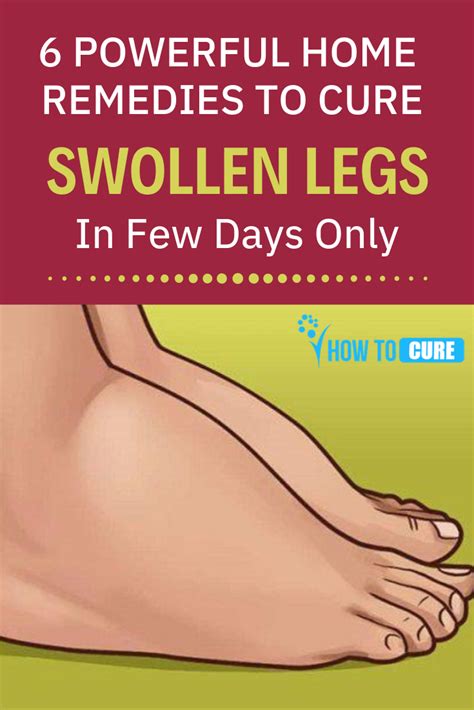How To Reduce Ankle Swelling: A Comprehensive Guide
Ankle swelling can be uncomfortable and even painful, stemming from various causes like injury, prolonged standing, pregnancy, or underlying medical conditions. This comprehensive guide provides effective strategies to reduce ankle swelling and alleviate discomfort. We'll explore both at-home remedies and when to seek professional medical advice.
Understanding Ankle Swelling
Before diving into solutions, it's crucial to understand the underlying causes. Swelling, medically termed edema, occurs when excess fluid builds up in the tissues. This can be localized to the ankle or part of a more widespread issue. Potential causes include:
- Injury: Sprains, fractures, and other traumas can trigger inflammation and swelling.
- Overexertion: Prolonged standing or strenuous activity can strain the ankles and lead to fluid retention.
- Medical Conditions: Heart failure, kidney disease, venous insufficiency, and even pregnancy can contribute to ankle swelling.
- Medication Side Effects: Certain medications can cause fluid retention as a side effect.
- Infection: Infections in the ankle or leg can cause significant swelling and pain.
Effective Ways to Reduce Ankle Swelling at Home
Several effective at-home remedies can help manage ankle swelling:
1. Elevation:
The most effective first step: Elevating your ankle above your heart helps gravity drain excess fluid. Aim to keep your ankle elevated for at least 30 minutes several times a day. Use pillows to support your leg comfortably.
2. Compression:
Gentle compression is key: Use an elastic compression bandage to gently compress the swollen ankle. This helps to reduce swelling and support the joint. Important Note: Don't wrap it too tightly, as this can restrict blood flow.
3. Rest and Ice:
RICE method (Rest, Ice, Compression, Elevation): Rest your ankle as much as possible, applying ice packs for 15-20 minutes at a time, several times a day. This helps reduce inflammation. Ensure a thin cloth separates the ice from your skin to prevent ice burns.
4. Over-the-Counter Medications:
Pain and inflammation relief: Nonsteroidal anti-inflammatory drugs (NSAIDs) like ibuprofen or naproxen can help reduce pain and inflammation associated with ankle swelling. Always follow the dosage instructions on the packaging.
5. Gentle Movement and Exercise:
Avoid complete immobilization: Once the initial swelling subsides, gentle range-of-motion exercises can help improve circulation and prevent stiffness. However, avoid any activity that exacerbates the pain or swelling.
6. Hydration:
Drink plenty of water: Staying hydrated helps flush out excess fluid from your body, contributing to reduced swelling.
When to Seek Medical Attention
While many cases of ankle swelling can be managed at home, it's crucial to seek medical attention if:
- Severe pain accompanies the swelling.
- The swelling is sudden or unexplained.
- The swelling is accompanied by fever or redness.
- You have difficulty moving your ankle.
- The swelling persists despite home remedies.
- You notice changes in skin color or temperature around the ankle.
Preventing Ankle Swelling
Preventing ankle swelling involves proactive measures:
- Maintain a healthy weight: Excess weight puts extra strain on your ankles and can contribute to fluid retention.
- Regular exercise: Strengthens muscles supporting your ankles.
- Wear supportive footwear: Avoid high heels and choose comfortable shoes with good arch support.
- Elevate your legs periodically throughout the day, especially if you have a job that requires prolonged standing.
By following these guidelines and understanding when to seek professional help, you can effectively manage ankle swelling and maintain your overall well-being. Remember, this information is for general knowledge and doesn't replace professional medical advice. Always consult your doctor or a healthcare professional for diagnosis and treatment of any medical condition.
